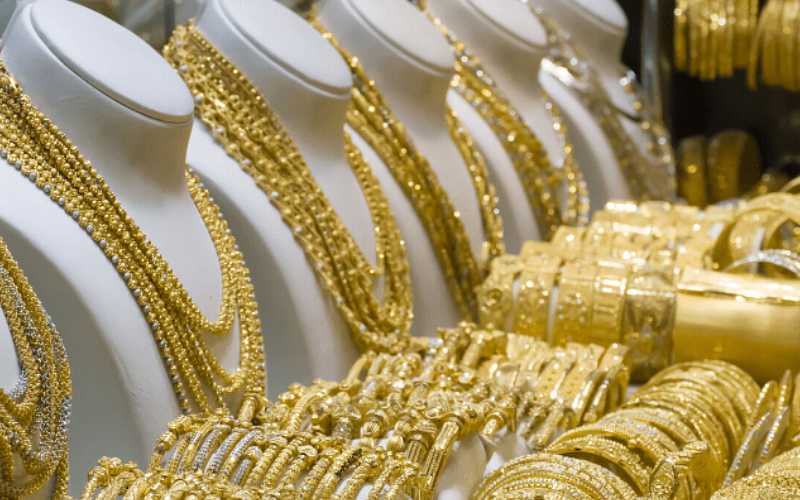
The coronavirus pandemic has highlighted the importance of keeping hands and our personal items washed and clean. Each day our hands come into contact with numerous objects, which could be carrying harmful bacteria. Pre-owned jewellery specialists Est1897 were curious how much grime our jewellery accumulates during regular wear, so they conducted a study to find out.
According to their results, your jewellery could be holding up to 428 times more germs than a toilet seat from just one week's worth of wear. As part of the experiment, experts took swabs from a ring, a watch and a pair of earrings after they had been worn regularly for one week.
Also read: Top five reasons why people cheat in relationships
They found that around 21,000 growths of bacteria manifest on jewellery every week - everything from the extremely dangerous Meticillin-Resistant Staphylococcus Aureus (MRSA) to Diptheria, food poisoning and bacterial colonies that can cause thrush. Following these results, Est1897 are now encouraging people to be more vigilant with taking care of their jewellery.
But which piece of jewellery holds the most bacteria?
After just one week of wearing, the ring collected the most nasties, as five bacterial species were found on the piece. A total of 504 bacterial colonies, one fungus colony and one black mould colony were found on the ring.
The watch was the second-worst offender. Four types of bacteria were found on the watch piece, but more shockingly after just one week of wearing, a whopping 20,020 bacterial colonies were found on the watch - most likely as bacteria can catch on links and a watch isn't included in active hand washing.
Meanwhile, 485 bacterial colonies were found on the earrings.
Also read: Men with deep voices more likely to cheat — Study
Ben Jarrett from Est1897 commented "This study has brought some interesting things to light and the results are astounding. Although it's important to keep your jewellery pristine to savour its value, it's also duly important to regularly scrub and soak your pieces to keep them safe and clean.
How can you ensure your jewellery is properly clean?
Here's how it's done...
Step 1
To start, you’re going to need to create a cleaning solution. Mix a few drops of fairy washing up liquid with warm water. You will want to mix it into a dish or plastic pot of some kind which is big enough to fit a toothbrush in. To start, soak the jewellery in the solution for 30 minutes.
Step 2 Take your toothbrush and swill it around in the solution, ensuring that the bristles are wet. Then, gently scrub around the piece of jewellery using the brush, making sure to get into all of the engravings and corners. Once you are happy that you’ve scrubbed each area of the piece, you will need to rinse with clean, cool water. Try to make sure that you rinse off all of the suds so that no soapy residue is left over.
Step 3 Once thoroughly rinsed, use a dry soft cloth which is preferably lint-free to polish your jewellery piece. For extra dirty pieces, create a fresh cleaning solution and use a new cloth dipped in the solution to damp polish each surface. You should repeat this process regularly for best results.
Step 4 To finish, boil your kettle. Using a pair of long-stemmed tweezers hold your jewellery carefully and at a safe distance from the spout as it comes to the boil to give your piece a steam finish.
 The Standard Group Plc is a multi-media organization with investments in media
platforms spanning newspaper print
operations, television, radio broadcasting, digital and online services. The
Standard Group is recognized as a
leading multi-media house in Kenya with a key influence in matters of national and
international interest.
The Standard Group Plc is a multi-media organization with investments in media
platforms spanning newspaper print
operations, television, radio broadcasting, digital and online services. The
Standard Group is recognized as a
leading multi-media house in Kenya with a key influence in matters of national and
international interest.









